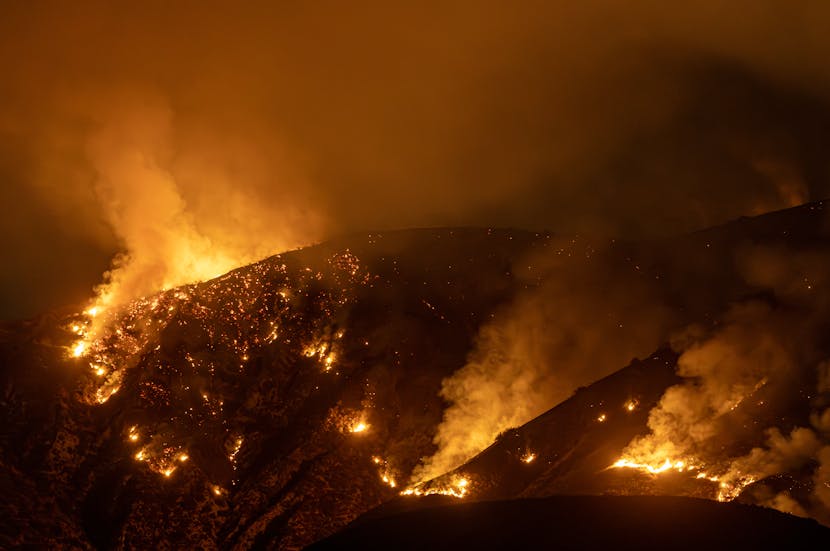
Australia Faces Extreme Heatwave, Transforming Into One of the Hottest Places on Earth
This week, Australia is bracing for an intense heatwave that promises to turn parts of the country into one of the hottest locations globally. The Bureau of Meteorology (BoM) has issued severe weather warnings for several regions, particularly targeting northern New South Wales, Queensland, and the Northern Territory. Residents are being urged to prepare for soaring temperatures that are expected to exceed 40°C, with some areas experiencing conditions that can be life-threatening.
As we head into this week, the heatwave is set to begin its sweep across the east coast starting on Monday, driven by a massive surge of hot air moving eastward from central Australia. The BoM's forecasts indicate that regions like Central West, Channel Country, Maranoa, and the Darling Downs are likely to experience maximum temperatures in the high 30s to low 40s. Overnight, the heat will remain oppressive, with temperatures staying in the low to mid-20s, providing little relief for those affected.
Also Read:- Simone Biles Shines Bright During Cincinnati Stop on 'Gold Over America' Tour
- Stephen Mulhern Delivers Mixed Emotions on Deal or No Deal Following Heartwarming Baby News
On Wednesday and Thursday, the heat is predicted to peak, pushing parts of Queensland and the Northern Territory into extreme heat territory. The coastal cities are not exempt from this heatwave either, as Brisbane is anticipated to reach daily temperatures of 30-33°C. Meanwhile, Sydney and Canberra will see temperatures climbing into the low 30s, and even Melbourne is expected to hit highs in the upper 30s. Hobart is also slated to feel the heat with a forecasted high of 29°C on Wednesday.
The implications of this heatwave are serious, particularly for vulnerable populations. The BoM has stressed that the extreme temperatures can pose significant health risks, especially for older adults, young children, pregnant women, and those with pre-existing health conditions. As such, residents are being advised to find ways to stay cool, such as seeking shelter in air-conditioned environments, closing windows and blinds early in the day, and utilizing fans or air conditioning when available.
November marks a particularly hot time of year in Australia, as the intensity of the sun increases, exacerbating solar heating across the continent. The situation is further intensified due to the lack of seasonal monsoon cloud cover in central and northern regions, allowing for uninterrupted heating that can lead to some of the highest surface air temperatures on record for this time of year. This trend illustrates the stark reality of climate change's impact on Australia's weather patterns, making extreme heat events more frequent and severe.
As this heatwave unfolds, it is crucial for communities across the affected areas to remain vigilant and take the necessary precautions. With the expected rise in temperatures, we must come together to ensure the safety and well-being of those most at risk, while also grappling with the broader implications of climate change on our environment and our lives.
Read More:



0 Comments